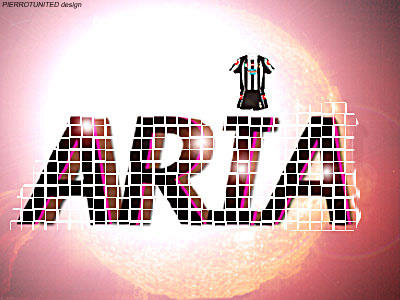Jupiter's Red Spot

Seeing Spots
Scientists first spotted Red Jr. in the year 2000, more than 300 years after they spotted Big Red. But at that time, Red Jr. wasn't red. It was white, like the three smaller storms that collided and merged to form it. Then, in December 2005, Red Jr. turned brown. By the time amateur astronomer Christopher Go photographed it on February 27, it was the same red as Jupiter's famous Great Red Spot.
That's not unprecedented. Unlike the proverbial leopard, Jupiter does change its spots. White ovals appear and disappear, and sometimes turn a reddish hue, though not often and not for long. The jury's still out on Red Jr., which is half the size of Big Red. It could be red for centuries--like its big brother--or it could be a flash in the pan.
Massive Storms
Scientists still aren't sure why some Jovian storms turn red. One theory is that some storms become so powerful that they churn up material from deep beneath Jupiter's cloudtops and lift it way up, to where the sun's ultraviolet radiation can affect it and turn it a brick-red color. Or perhaps Jupiter's superpowerful lightning storms zap the material red.
Either way, scientists know that Jupiter's Great Red Spot rises 5 miles (8 km) above the surrounding clouds. And they know that it rotates like a massive hurricane. Winds blow counterclockwise around the vortex at 270 miles per hour (435 km/h). The massive storm is the size of two Earths, a "hurricane" that could swallow our entire planet.
Of course, everything is big on Jupiter. More than 1,320 Earths could fit inside the giant planet--or, if you want to be less geocentric, Earth and every other planet in the solar system. Jupiter is so big that some scientists say our solar system is basically "the sun, Jupiter, and assorted debris."
Michael Himick
March 7, 2006



1 Comments:
It's interesting to note that if it wasn't for jupiter, earth would get struck my 10,000 times as many asteroids as it does now. So civilization destroying objects would hit the earth about once every two years.
Post a Comment
<< Home